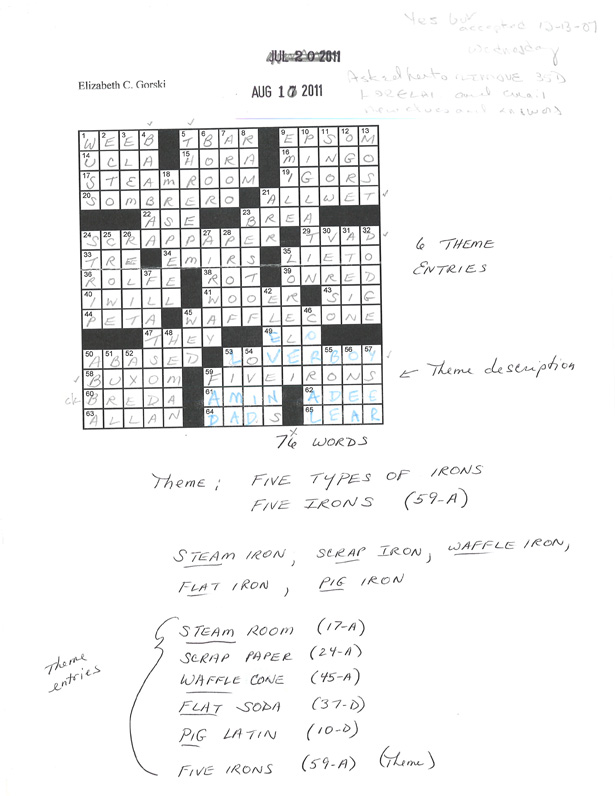The New York Times website was redesigned recently. You can read about the technology behind it. Personally, I’ve been waiting for a behind-the-scenes about the WordPress at the core of their blogging operations. Scott Taylor delivers with an article entitled Rethinking Blogs at the New York Times.
Because we are turning WP content into Module content, we no longer want our themes to produce complete HTML documents: we only to produce the “content” of the page. Our Madison page layout gives us a wrapper and loads our app-specific scripts and styles. We have enough opportunities to override default template stubs to inject Blog-specific content where necessary.
Overall, it’s less about a visual redesign and more about an architectural redesign. The NYT’s legacy system seems like it was an absolute nightmare. I tried to condense Scott’s article into a short blurb, but I can’t. So, if you’re remotely interested in the structure of large scale online publishing systems go read it (regardless of your opinion about WordPress). If you are a WordPress developer, there’s some cool stuff going on, like abstracting the away the visual structure.

